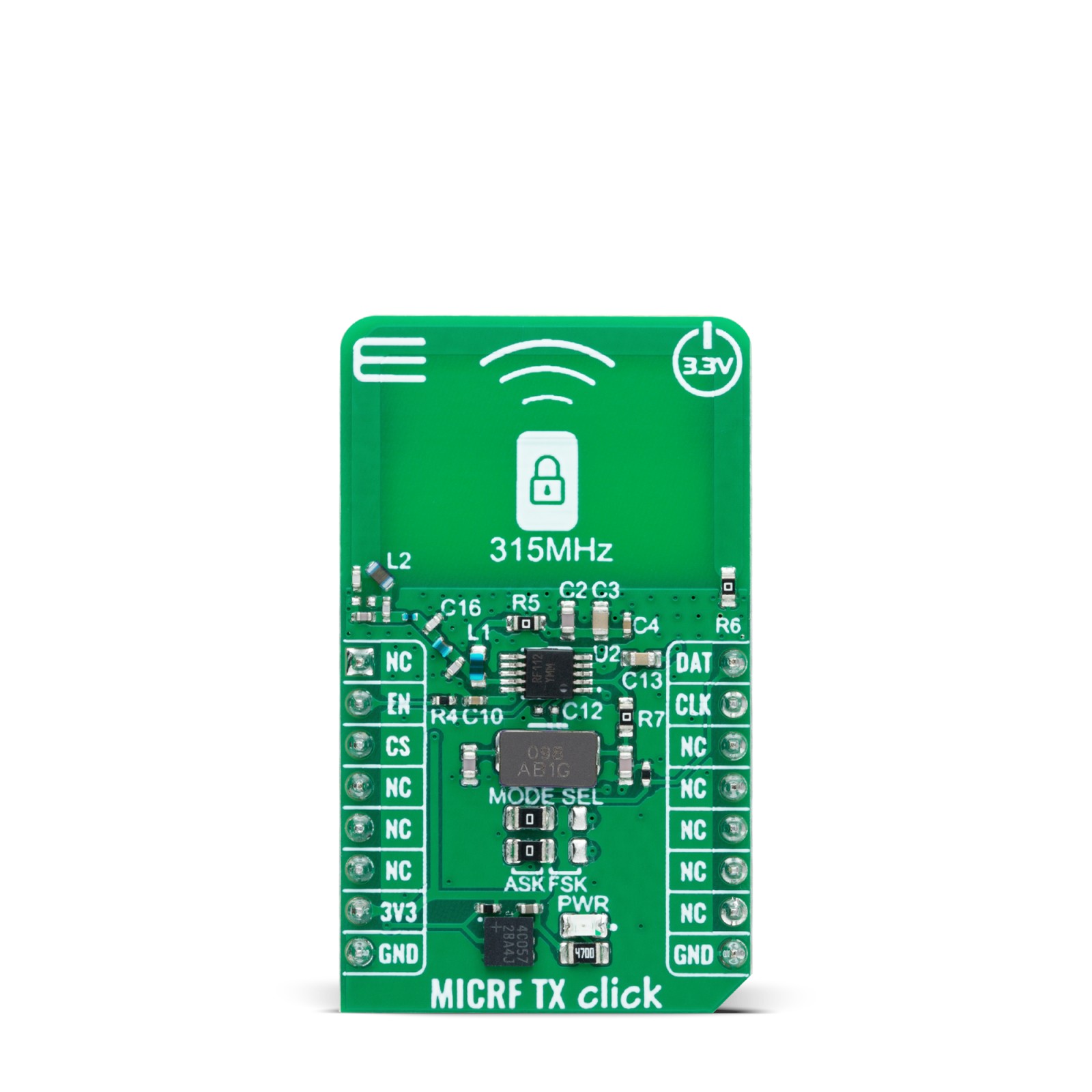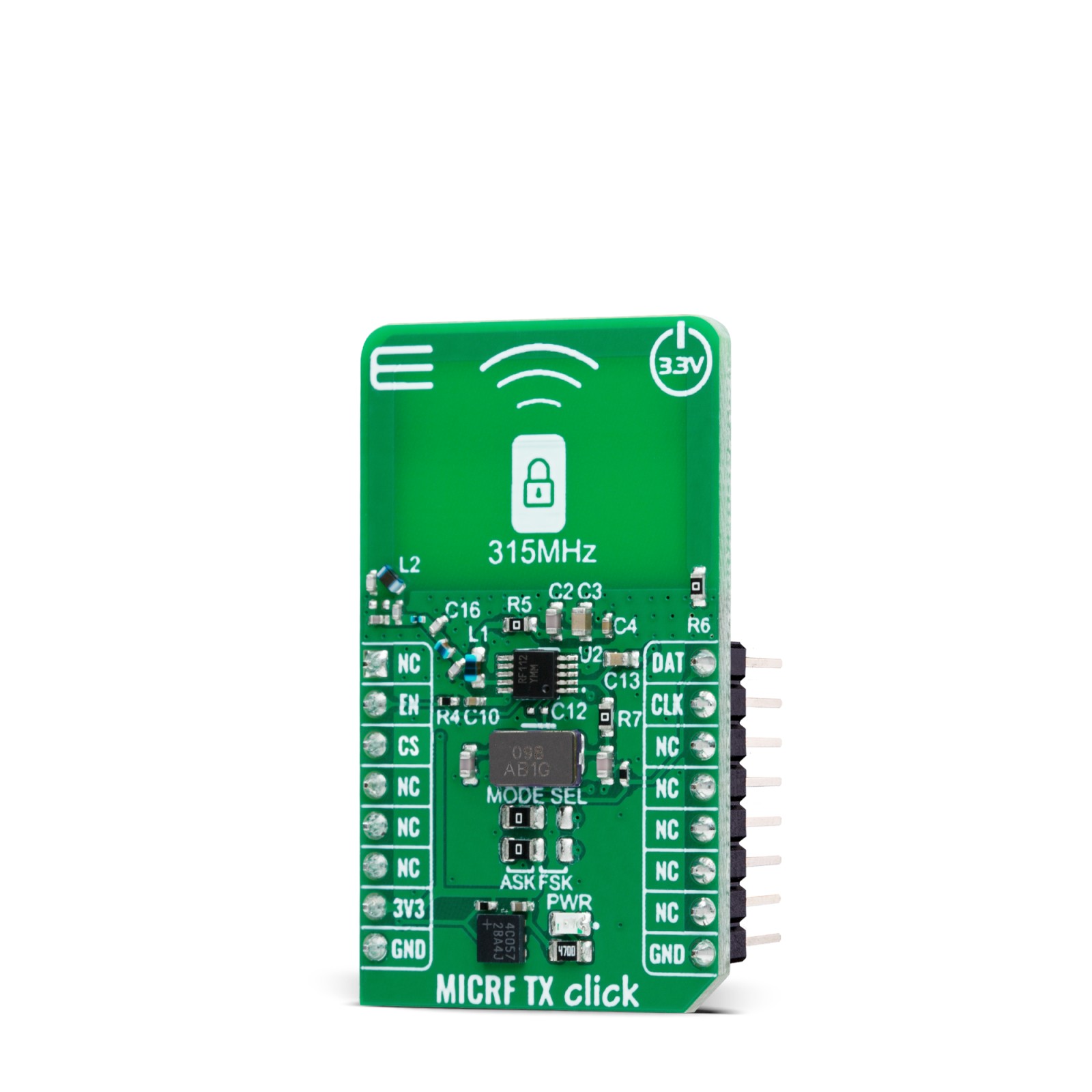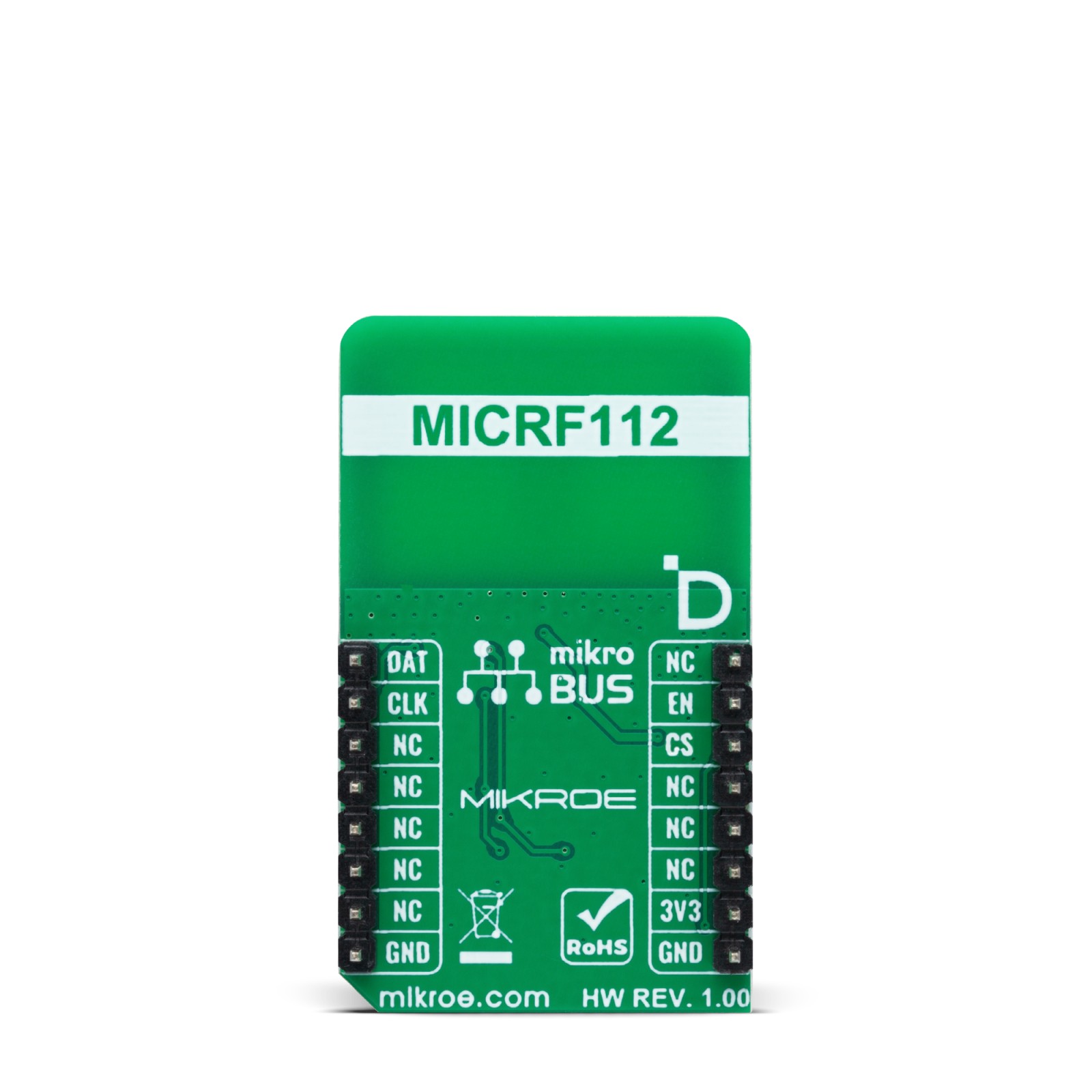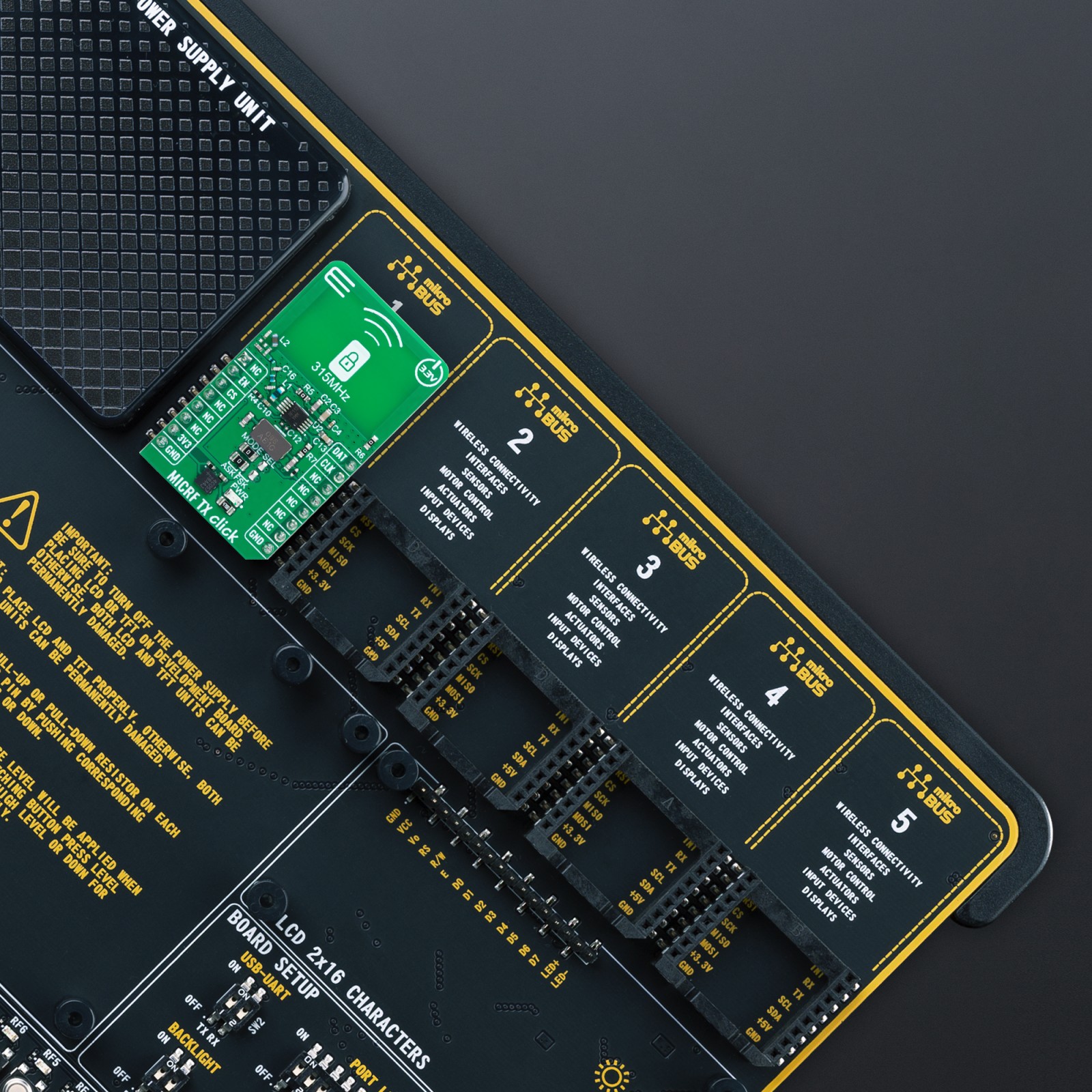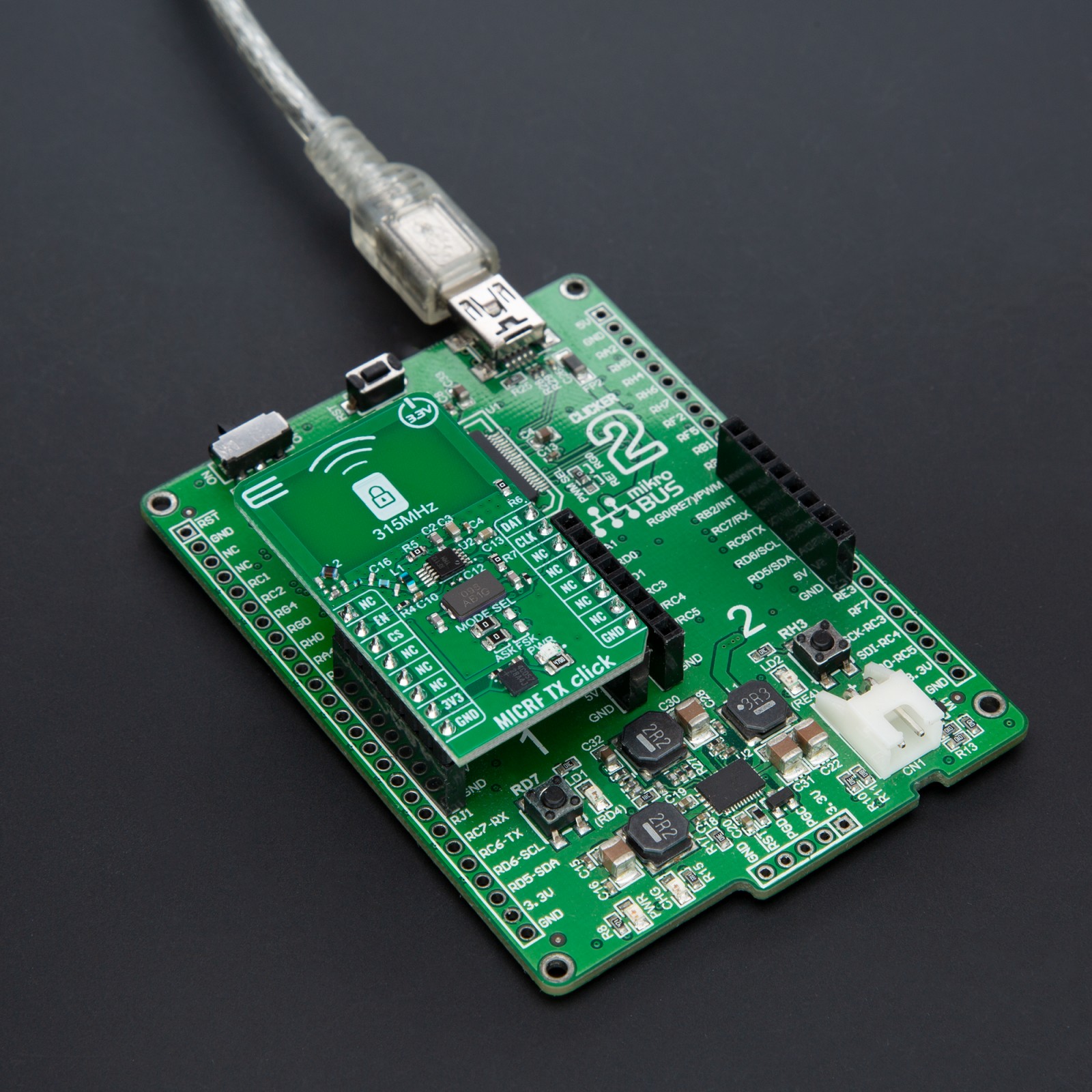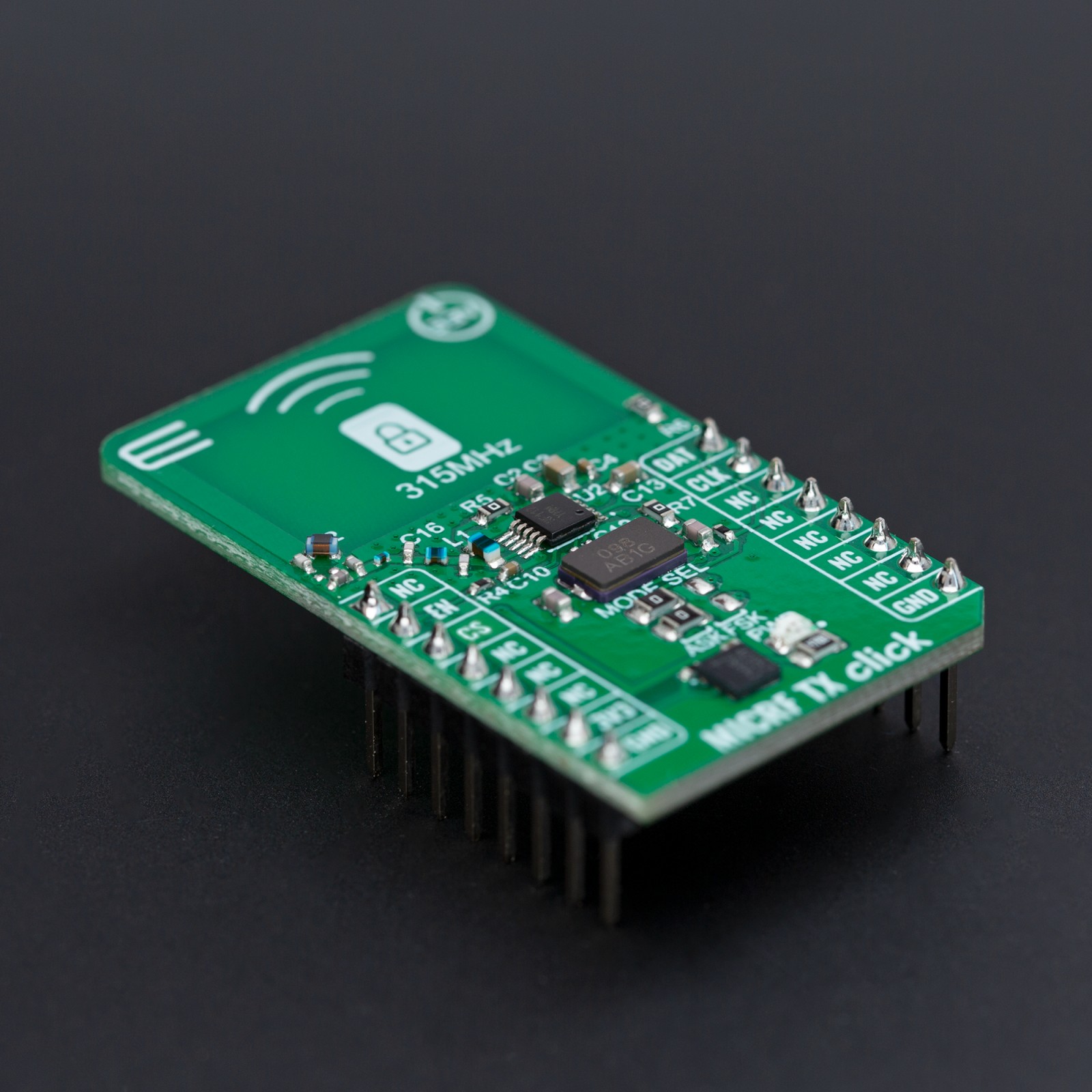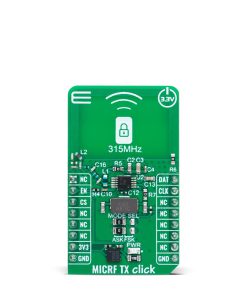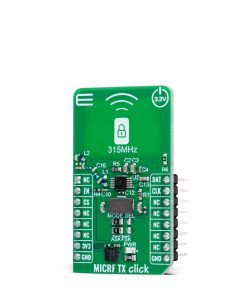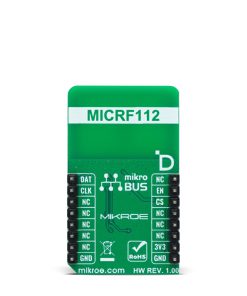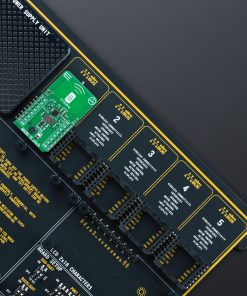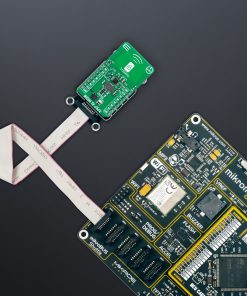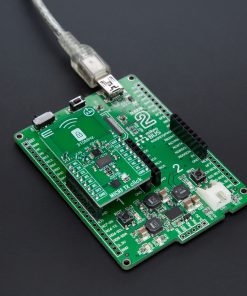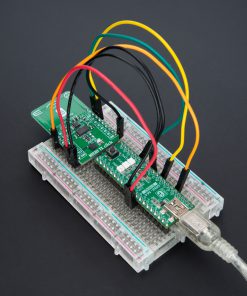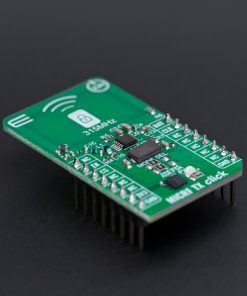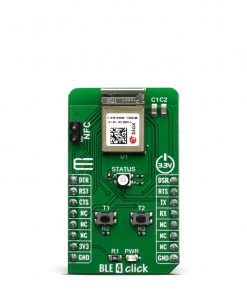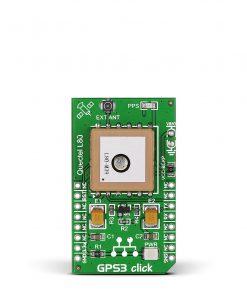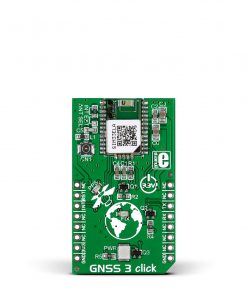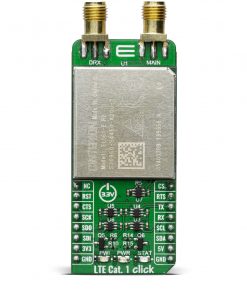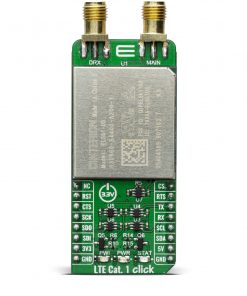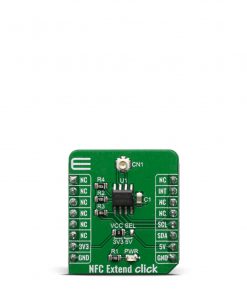MICRF TX Click
R330.00 ex. VAT
MICRF TX Click is a compact add-on board designed as a powerful RF transmitter for data transmission over the 315MHz frequency band. This board features the MICRF112, a high-performance RF transmitter IC from Microchip, renowned for its efficiency in operation. This Click board™ stands out for its ease of use, requiring only a simple crystal oscillator to set the frequency, and supports both ASK and FSK modulation types with a Phase-Locked Loop (PLL) for stable frequency. With an operating voltage of 3.3V from the mikroBUS™ power supply, it delivers a +10dBm output power and features an energy-efficient shutdown mode, drawing a mere 50nA, ideal for battery-powered applications. The MICRF TX Click is ideally suited for various applications, including remote keyless entry systems, remote controls, security systems, and more.
MICRF TX Click is fully compatible with the mikroBUS™ socket and can be used on any host system supporting the mikroBUS™ standard. It comes with the mikroSDK open-source libraries, offering unparalleled flexibility for evaluation and customization. What sets this Click board™ apart is the groundbreaking ClickID feature, enabling your host system to seamlessly and automatically detect and identify this add-on board.
Stock: Lead-time applicable.
| 5+ | R313.50 |
| 10+ | R297.00 |
| 15+ | R280.50 |
| 20+ | R269.94 |

